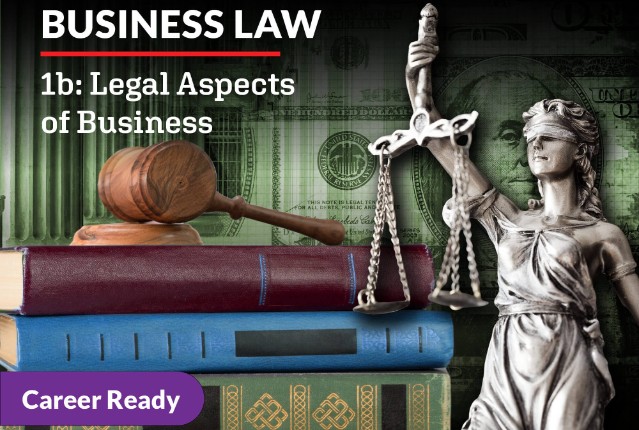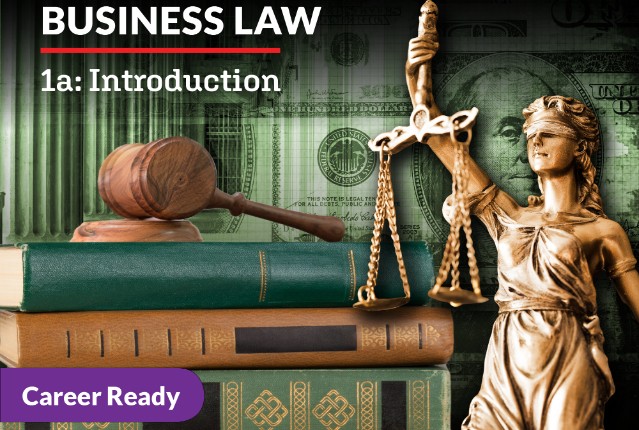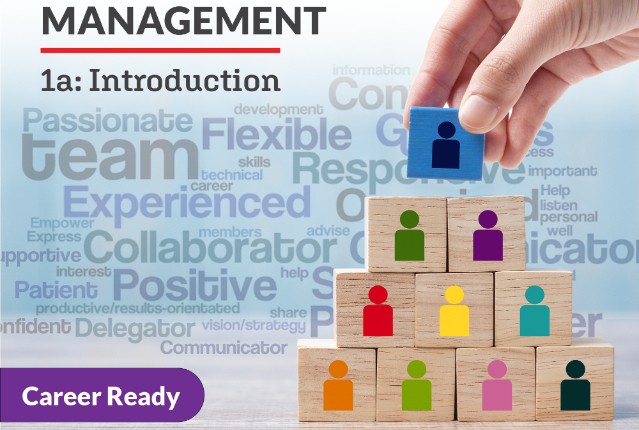You probably know of several companies that have been in business for decades or even centuries: McDonald’s has been serving hamburgers since the mid-1950s, Macy’s department stores opened in 1843, and Baker’s Chocolate started selling its sweet confections in 1765. But for every successful long-running company, there are three that failed. The US Bureau of Labor Statistics reports that nearly 20 percent of all businesses close their doors within the first two years, and only 25 percent of all new businesses make it to the 15-year mark.
Not all businesses close because they fail to make a profit. Sometimes, owners decide running a business isn’t worth the time and energy it takes to make it successful. Similarly, they may have a change of heart and want to try their hand at something new. Or the owners retire, and they don’t have someone interested in taking over the reins.
Regardless of the reasons, business owners don’t simply hang a “Closed” sign in the window and lock the front door when they decide to shut down. In this unit, we’ll examine the process of dissolving a business and what happens if the business goes bankrupt.
What will you learn in this unit?
- Understand the common reasons why businesses fail
- Describe the steps a business takes to dissolve
- Distinguish how the dissolution process is different for sole proprietorships, partnerships, and corporations
- Explain which bankruptcy option is most suitable for different forms of business





